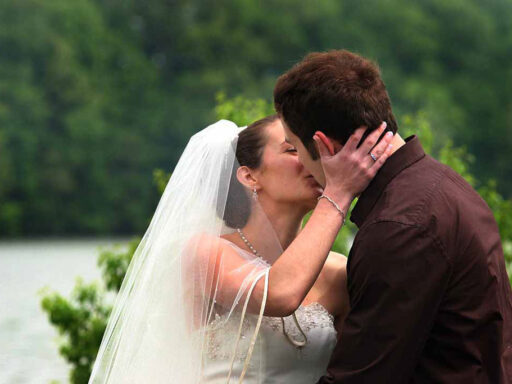Personalise Your Civil Ceremony: A Wedding Ceremony Guide

There are no hard and fast rules as to how you should organise the official part of your wedding - the Civil Ceremony was conceived so that you, the couple, could design proceedings to reflect your individual style, beliefs, culture and personality. The ceremony you choose, or write, can be traditional or unconventional; ritualistic or simple.
Much will depend on the number of guests you have invited. If you are having a big wedding it is recommended to have ushers arrive half an hour before starting time to greet guests and direct them to the venue.
If you are arriving separately, the groom and attendants should be present at least fifteen minutes before the start and stand close to the celebrant so that the ceremony can begin as soon as the bride arrives. She will arrive a few minutes before the proceedings with her father, or person “presenting” her (optional), and attendants. She then proceeds down the “aisle” on the left of her father, followed by, or following, her attendants, to stand on the left of the groom. You will stand flanked by your attendants ( or with no attendants!) in a kind of semi-circle. I usually stand off to the side – not in the middle, ‘presiding’ over you.
If you are arriving together, you and the bridal party, at least the two witnesses, should meet the celebrant away from the guests a few minutes before the ceremony, and then proceed to the location decided upon for the wedding. The celebrant will normally come forward first and invite the guests to come closer. It is usual that you will stand facing the guests.
The ceremony you have chosen will then begin. Afterwards you will recess down the “aisle” or just disperse with the wedding party so that everyone can come forward and congratulate you.
The ceremony takes 20-30 minutes, after which the celebrant makes a quiet exit.
Music can be incorporated into the ceremony as you wish – e.g. during the processional, the signing of the Register and recessional.
Remember that these are only guidelines – essentially you can decide the seating, standing, timing arrangements – as long as the legal requirements are met.


